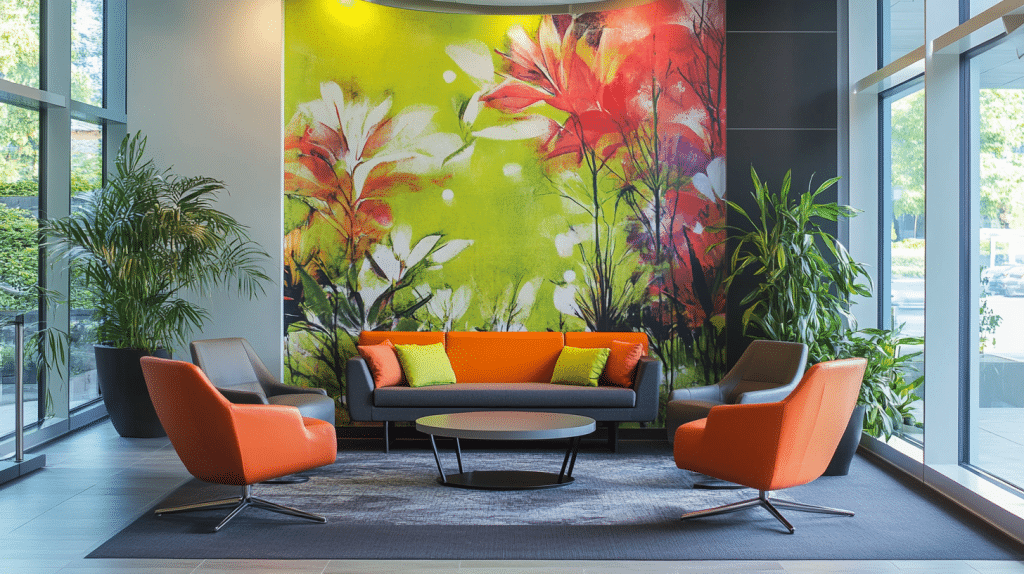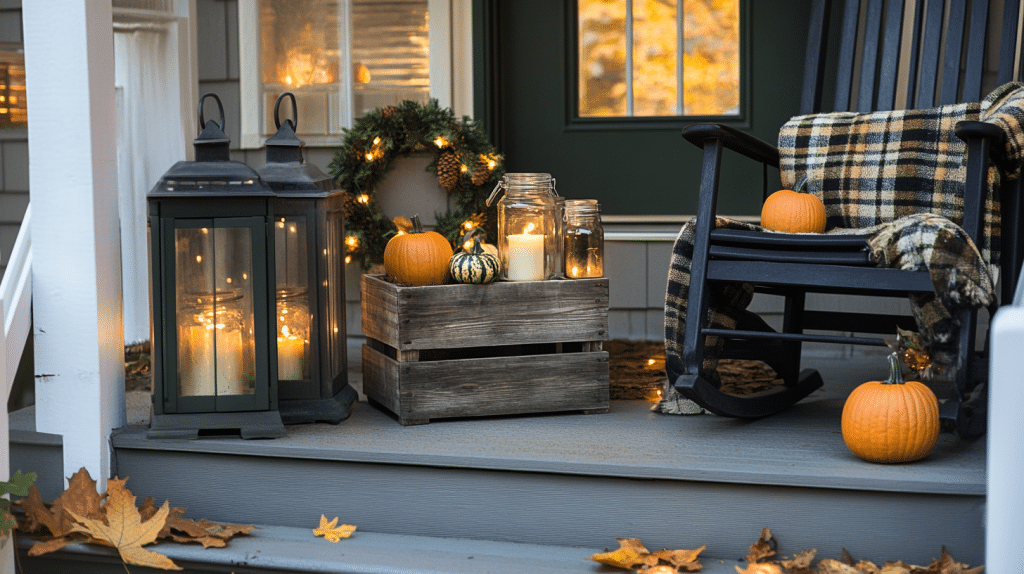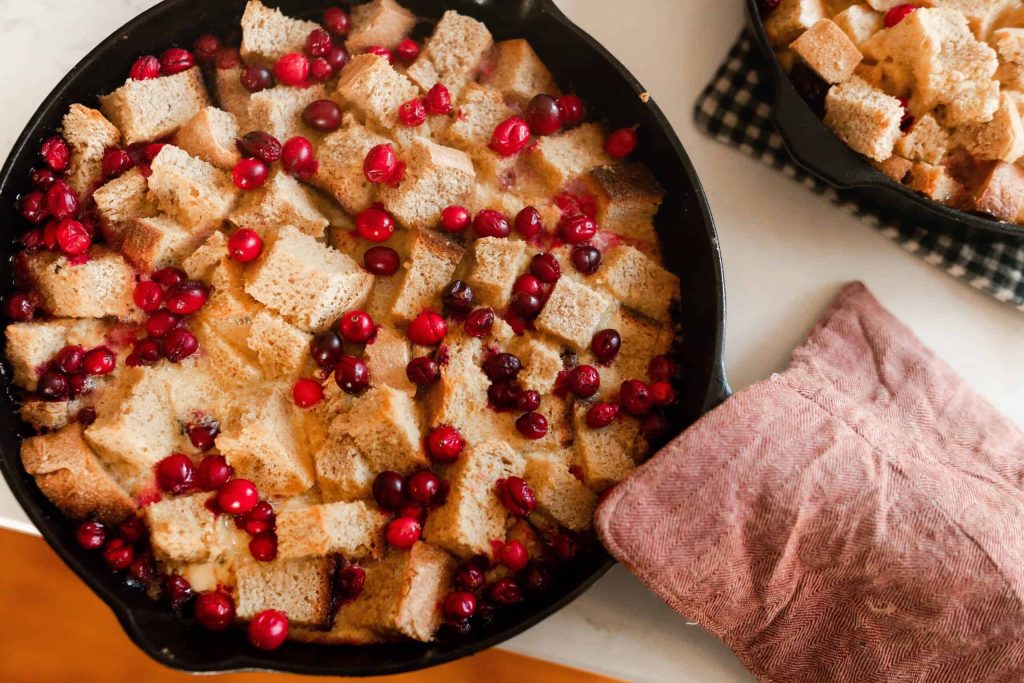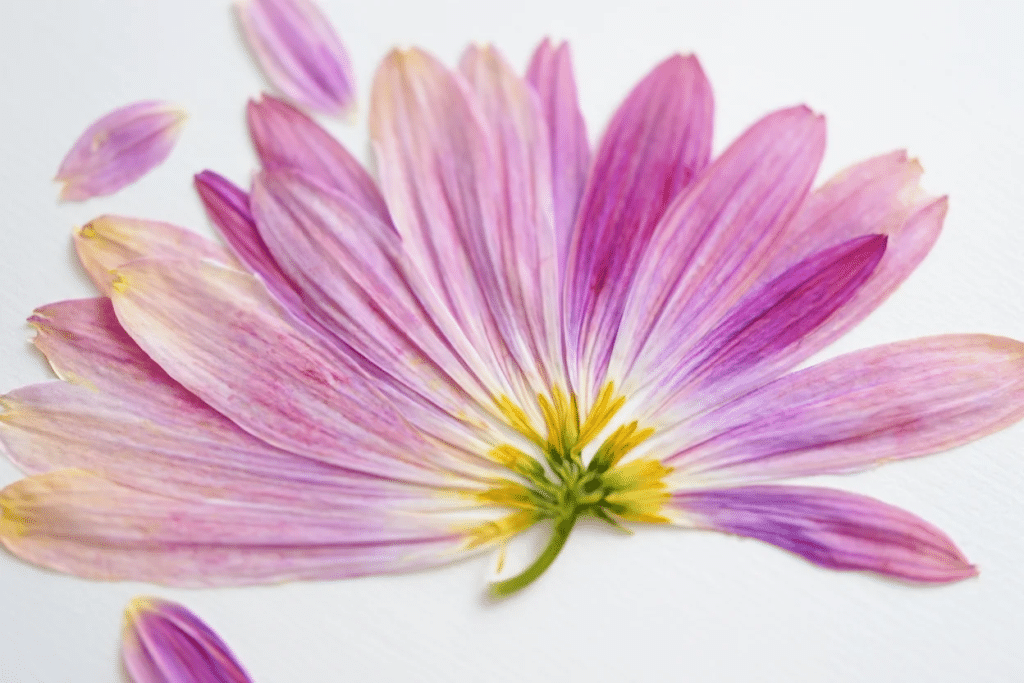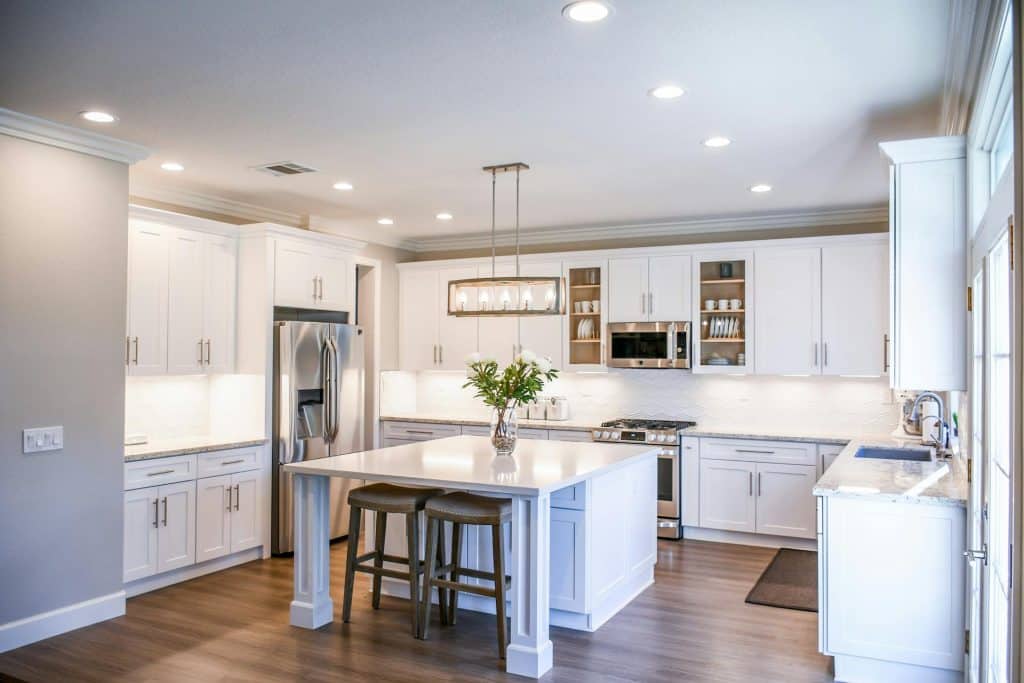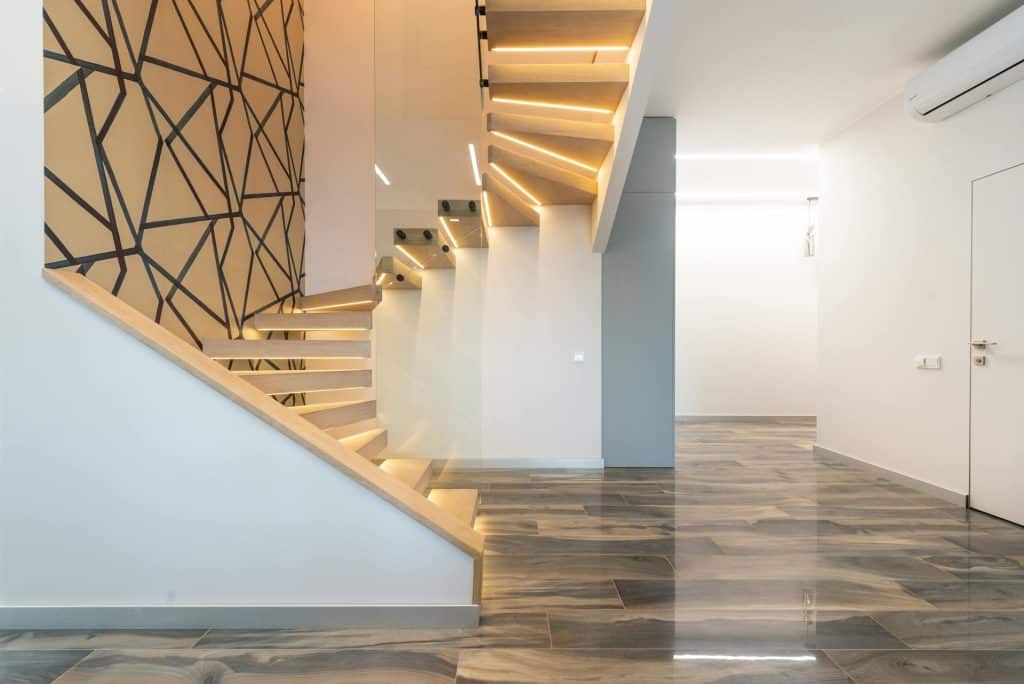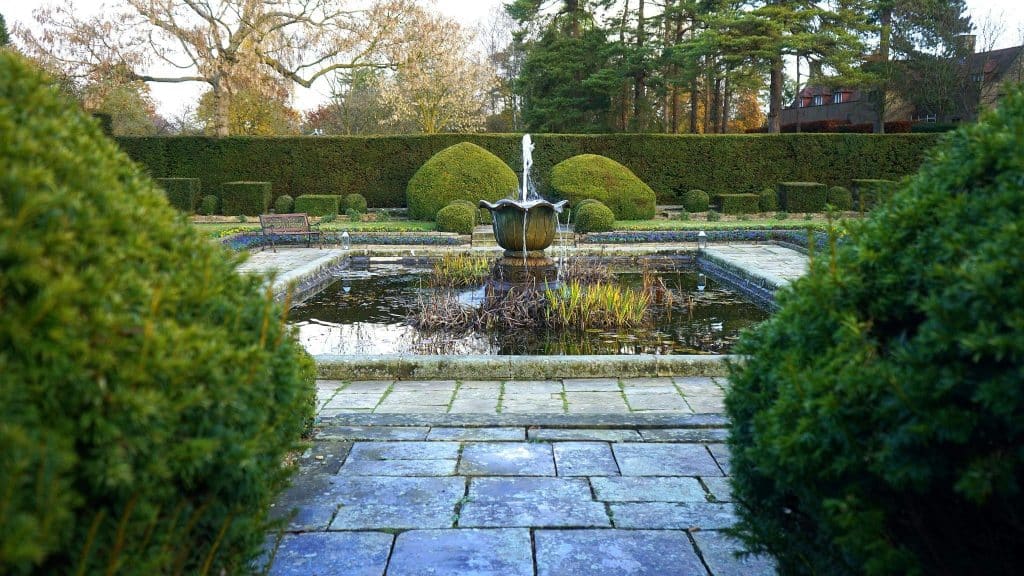Paint boring? I once thought accent walls were a design trick from the 2000s that should stay there. But I was wrong. As an interior designer who’s helped hundreds of homeowners, I’ve seen how a single wall can convert a space.
The truth about accent walls in 2025 isn’t what you might think. They’ve changed, not disappeared. Today’s accent walls aren’t just slapped-on bright paint.
They’ve become experienced focal points using texture, pattern, and natural materials.
Are accent walls right for your home? That depends. In this post, I’ll show you when they work, when they don’t, and some fresh ideas to try instead of the old-school painted wall. Let’s get real about accent walls.
Are Accent Walls Outdated? A 2025 Perspective
Accent walls have been around for a long time. They’re those special walls painted or designed differently from the rest to make a room more exciting. But, are they still cool? Or are they out of style? Let’s find out!
Accent walls are single walls painted or finished in a different color or material than other walls in a room.
They became popular in the early 2000s as a way to add color without changing an entire room. People used accent walls to create focus points in living rooms, bedrooms, and dining areas.
These walls often featured bold colors or patterns that stood out from the rest of the space.
Are They Out of Style?
Not really, but they are changing! In 2025, people still use accent walls. But they use them in new ways.
The old style of one bright-colored wall in a plain room is less popular now. Designers today like soft, natural colors and textures more than super bright paint.
What’s Out vs What’s In: Accent Wall Trends
Check out which accent wall styles are fading and which are trending in 2025. From bold paint to soft textures, learn how to refresh your space with modern, stylish choices.
| What’s Out (Tired Trends) | Why It’s Out | What’s In (Modern Trends) | Why It’s In |
|---|---|---|---|
| Bright single wall (red, blue, etc.) | Too bold and doesn’t match calm, modern colors | Soft, earthy tones (sage, beige, sand) | Feels peaceful and stylish |
| Random accent walls | No purpose; feels out of place | Purposeful placement | Focuses attention on special areas |
| Dark walls in small rooms | Makes rooms look smaller and gloomy | Light colors with depth | Keeps small spaces feeling open and fresh |
| Fake brick or wood wallpaper | Looks cheap and unnatural | Real materials or quality panels | Adds rich, natural texture |
| Accent walls in every room | Overused and no longer exciting | Fewer, focused accent walls | Feels more special and modern |
| Plain painted walls only | Lacks creativity or visual interest | Textured walls (wood slats, stone) | Adds warmth and design without being loud |
When and Where Accent Walls Work Best
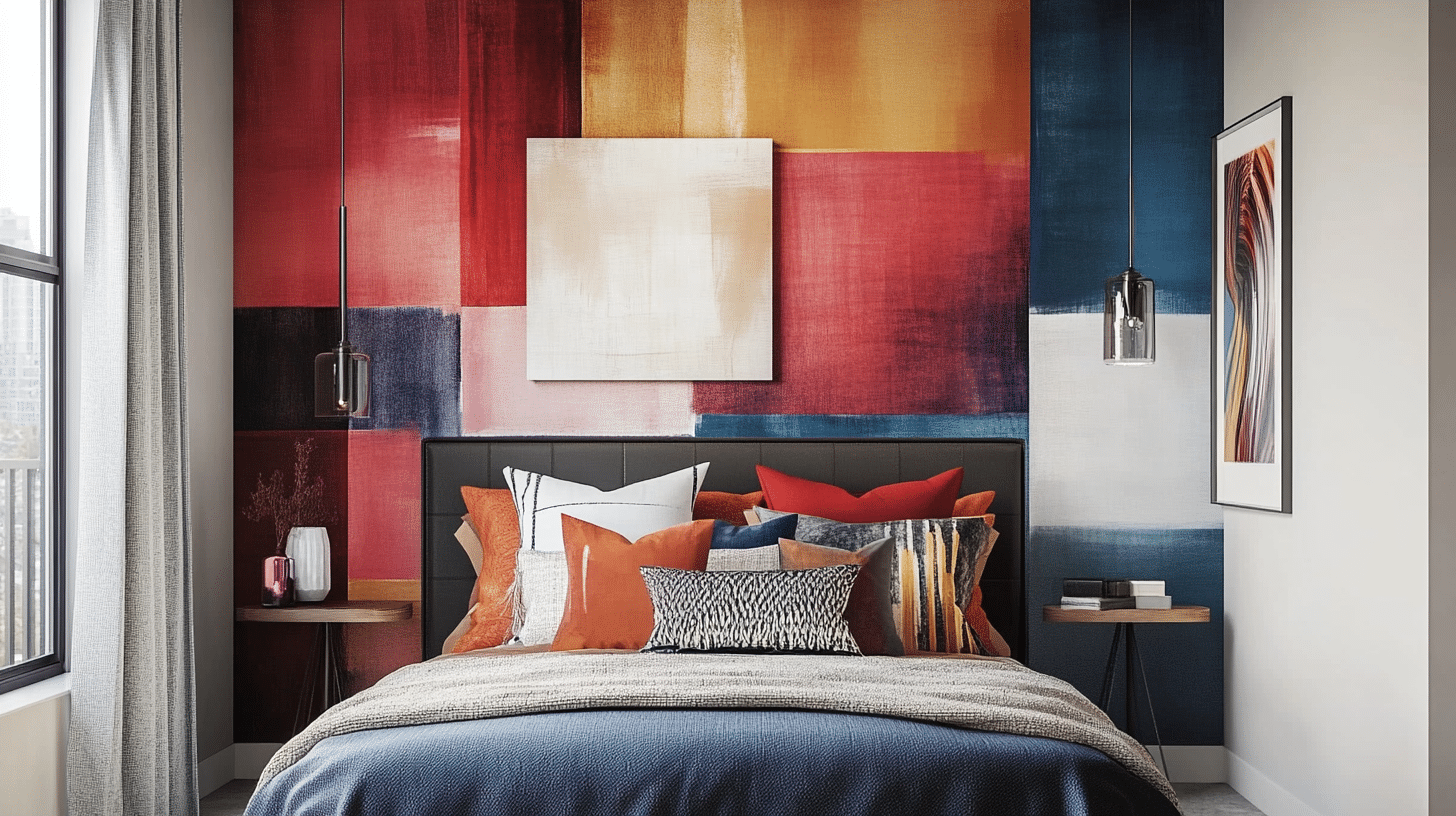
Accent walls can make a room feel more fun, warm, or stylish. But you have to use them the right way. In 2025, it’s not about adding color just anywhere—it’s about using accent walls with purpose.
When Should You Use an Accent Wall?
Use an accent wall when you want to:
- Make a room feel special: A well-designed wall can turn a simple room into a beautiful one.
- Draw attention to a key spot: Like the wall behind your bed, fireplace, TV, or sofa.
- Add color or texture without doing the whole room: Accent walls are great for trying bold looks in a small, safe way.
- Break up large, plain walls: In big spaces, an accent wall adds focus and balance.
Where Should You Put an Accent Wall?
The best places for accent walls are:
- Bedrooms – behind the headboard or bed
- Living rooms – behind the sofa or TV
- Dining areas – to frame the dining table
- Home offices – behind your desk for a cool background
- Hallways or entryways – to make small spaces stand out
Pick the Right Wall
Choose the natural focal point of the room. That’s the wall people notice first when they walk in. If the wall doesn’t feel important, it probably shouldn’t be the accent wall.
Designer-Backed Tips for Timeless Accent Walls
Want an accent wall that still looks great years from now? Interior designers have shared their best tips to help you create timeless accent walls—styles that won’t go out of fashion fast.
1. Choose Natural, Calm Colors
Designers say soft shades like beige, sage green, dusty blue, and warm gray always look good. These colors match many styles and don’t feel too bold or trendy.
Tip: Avoid very bright or neon colors—they can get old fast.
2. Use Texture Instead of Just Paint
A painted wall is nice, but texture makes it better. Try real wood slats, stone panels, or smooth wall molding. These add depth and a rich look without being loud.
3. Focus on One Wall Only
Pick one wall that makes sense, like the one behind your bed or couch. Designers warn not to do accent walls in every room—less is more when it comes to style.
4. Match the Room’s Mood
If the room is calm and cozy, don’t pick a wild design. Your accent wall should fit the feeling of the space. In a modern room, try clean lines. In a cozy room, try soft textures.
5. Skip Trends That Fade Fast
Designers avoid trendy patterns or low-quality stick-on wallpaper. These might look fun at first, but they often feel old after just one year.
Accent walls that last are simple, well-placed, and made with care. If you follow these designer-approved tips, your space will feel fresh and beautiful for many years.
Alternatives to Traditional Accent Walls
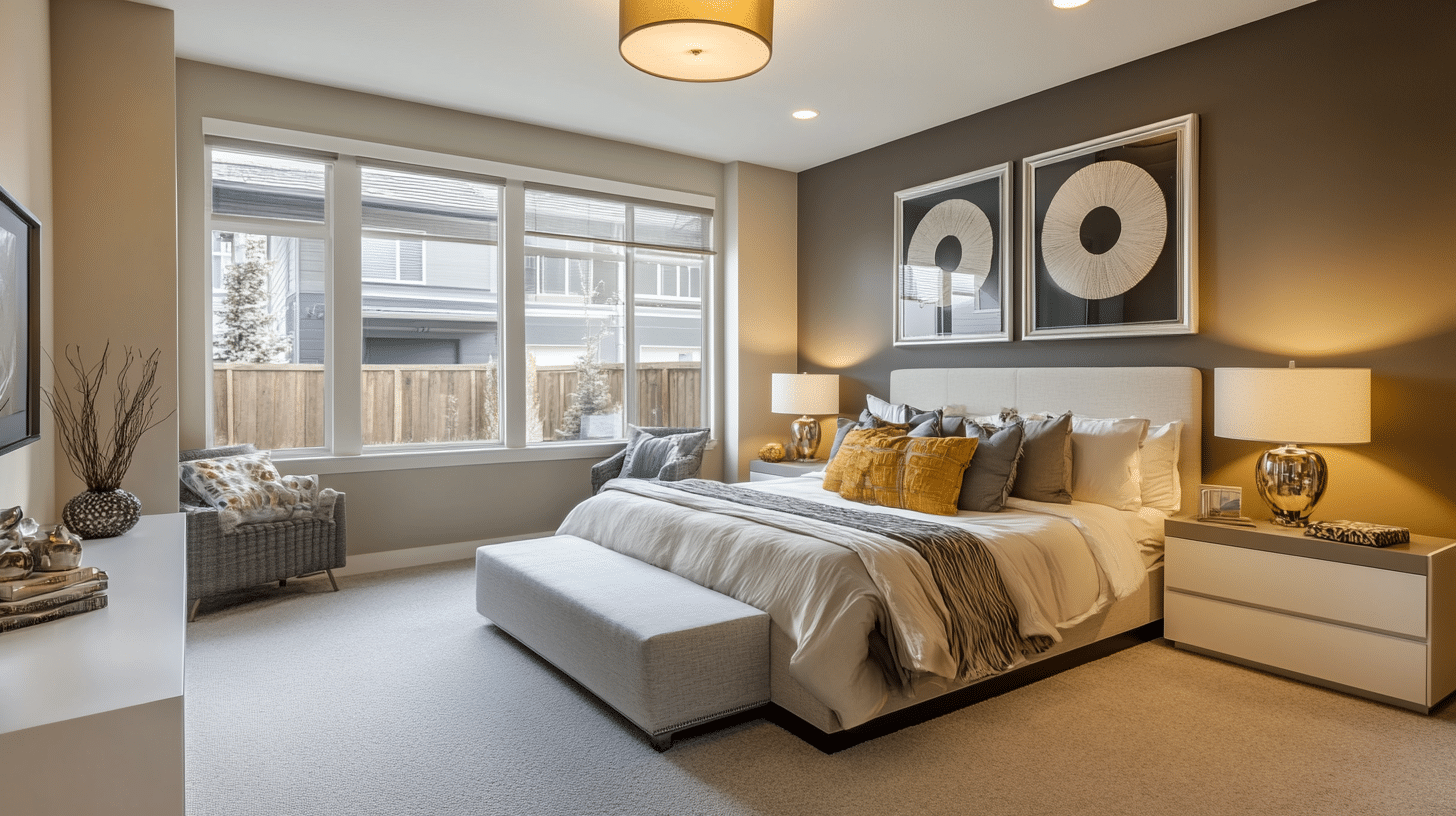
Accent walls don’t just mean paint anymore! Many cool options exist that can make your home look fresh and fun.
- Wallpaper: Wallpaper comes in many patterns and colors. You can pick something bold or light. Peel-and-stick options make it easy to change later if you want. About 31% of homeowners choose wallpaper for accent walls because it’s quick to install and offers thousands of design options.
- Wood Panels: Wood panels add warmth to any room. You can use real wood or fake wood that looks real but costs less. Some panels snap together, making them easy to put up. Wood accent walls cost between $10-$25 per square foot depending on the type of wood you choose.
- Stone or Brick: Stone or brick walls bring texture to your space. You can use real stone or fake stone sheets that stick to your wall. These options can last for decades and don’t need much cleaning. Faux stone panels start at around $8 per square foot.
- Fabric: Fabric walls feel soft and cut down noise. You can hang fabric with a frame or stick it right to the wall. This choice works well in bedrooms and can reduce echo by up to 40% in large rooms.
- Tile: Tiles work great in kitchens and bathrooms. Try bright colors or fun shapes to make your wall stand out. Most ceramic tiles cost $2-$15 per square foot, making them a budget-friendly option.
- Glass: Glass tiles or panels create a shiny, modern look. They reflect light and make rooms look bigger. While more costly at $20-$30 per square foot, they create a strong visual impact.
Common Mistakes to Avoid
Accent walls can make a room look amazing—but only if done right. Many people make small mistakes that can make their space feel busy or unbalanced.
Here’s what to avoid:
1. Using Too Many Accent Walls
Putting accent walls in every room takes away the “wow” factor. It makes your home feel busy and confusing.
Fix: Choose one or two rooms where the wall really stands out.
2. Picking the Wrong Wall
The accent wall should be the one your eyes go to first. If it’s hidden or random, it won’t make sense.
Fix: Use the wall behind the bed, sofa, fireplace, or desk.
3. Choosing Loud Colors That Clash
Bright red, neon green, or colors that don’t match your room can make your space feel messy or loud.
Fix: Stick to soft, natural tones that blend with your other decor.
4. Ignoring the Room’s Style
A modern wall in a farmhouse room may not match. Accent walls should fit the overall design of the space.
Fix: Use colors and textures that go with your room’s mood and furniture.
5. Using Cheap Materials
Peel-and-stick fake wood or low-quality wallpaper can peel or look bad over time.
Fix: Invest in real or good-quality materials that last and look nice.
Keep It Simple, Smart, and Stylish
Avoid these common mistakes, and your accent wall will look clean, modern, and timeless. Plan before you paint, and make sure it fits your space.
The Bottom Line
So, are accent walls outdated? Not at all, they’ve simply grown up. The key is using them thoughtfully.
Accent walls still add personality and focus to rooms when done right. They work best on walls that naturally draw attention, using modern materials like wood panels, textured wallpaper, or stone veneer instead of just bright paint.
If you’re thinking about adding an accent wall to your home, start by asking which wall makes the most sense as a focal point. Remember that less is more; one statement wall per room is plenty.
Not sure where to begin? Try a smaller space like a powder room or home office before tackling your living room.


